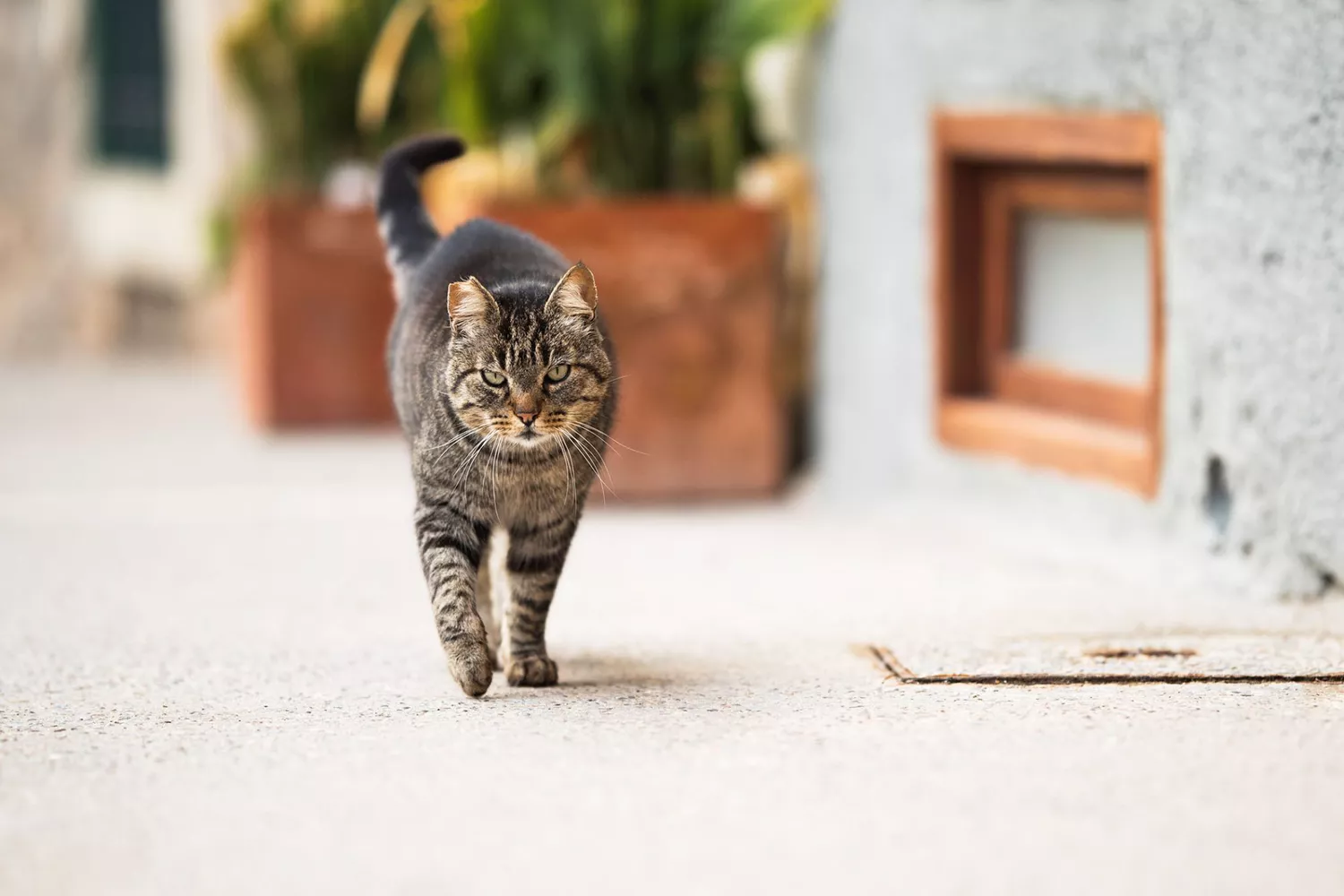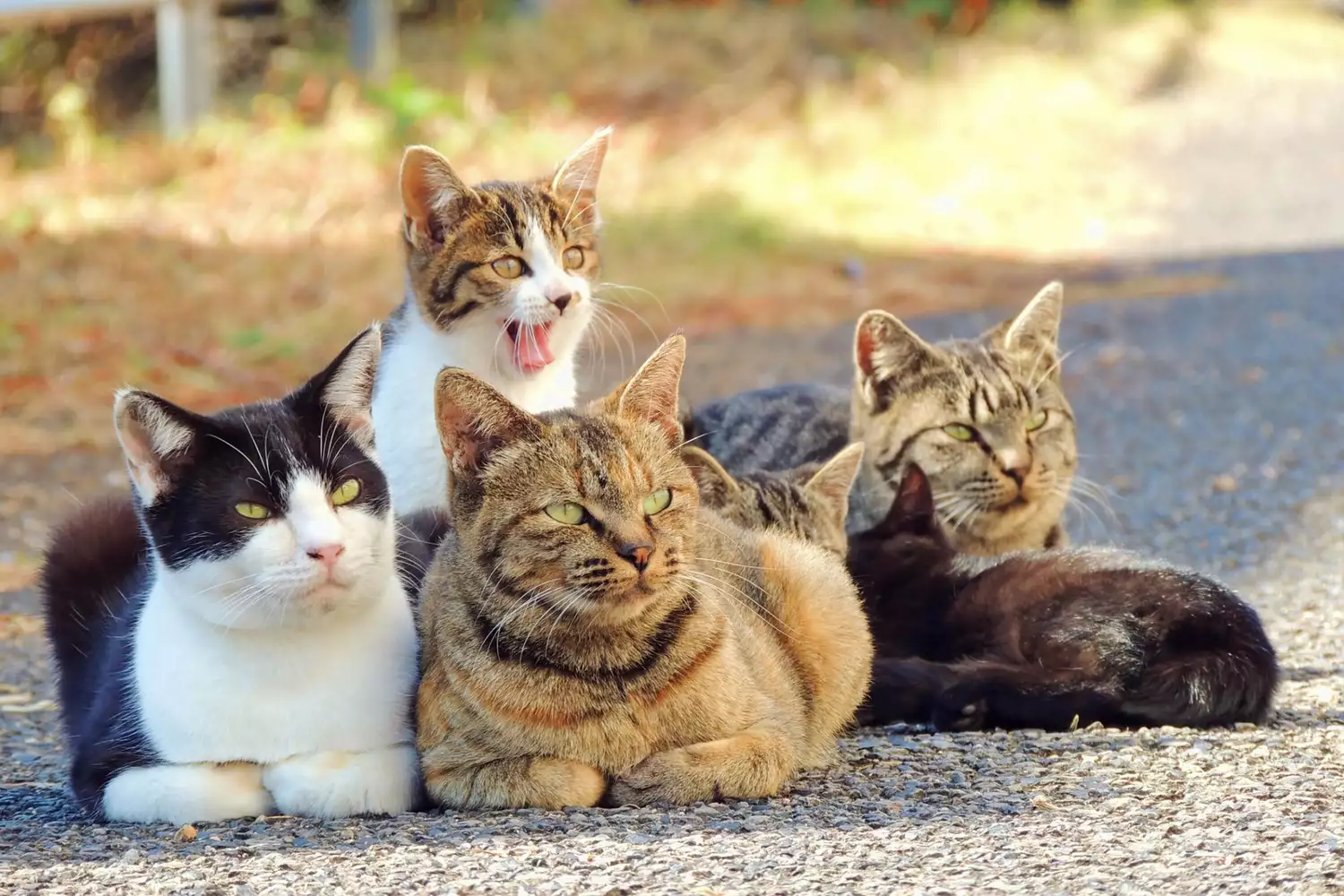
When kittycats are born outside without human interaction, they can become fearful and pass this found out habits onto future litters. This lack of socialization is what makes feral cats so different than stray felines and our friendly house felines.
It’s likewise why it’s much more difficult to totally adopt a feral feline than a roaming feline who’s satisfied humans before. You might only see a genuinely feral cat sometimes, when she drops in to eat the food you left out on the porch.
We spoke with Eva McDowell, creator of Georgina Feral Cat Committee, and Kim Kelly, founder and president of C.A.T.S. CastAsideToSurvive Inc. They explain exactly what a feral cat is and how we can help them.
What Is a Feral Cat?
A feral feline is a free-roaming cat who hasn’t been mingled by people. Socialized felines enjoy new experiences, people, and other animals. If Mama Cat is socialized, she’ll teach her kittycats friendly life skills, too.
” Cats are not born feral. It is a learned trait,” Kelly tells Daily Paws.
Socialization is essential throughout kittens’ first few weeks of life, during their sensitive learning period from 2– 9 weeks old. That’s when kittycats are most likely to be open to new experiences and develop favorable associations with new things.
It’s not that felines can’t learn new things or develop new favorable associations after this duration, however it may take a little bit longer. “The longer the cat goes without human interaction, the longer it takes to mingle them,” Kelly states.
The result of a life without socialization? A cat who acts more like a wild animal than the sweet home cat we know– not due to the fact that they’re mean or ill-intentioned. They’re scared.
What’s the Difference Between a Stray Cat and a Feral Cat?
According to McDowell, roaming felines are lost or abandoned domestic cats– various from unsocialized feral cats. However the types of free-roaming cats do not stop there, Kelly includes. There are a few different classifications, and they’re not all wild or abandoned.
Friendly roaming: Check the collar or microchip of this friendly kitty. She might belong to a nearby neighbor or is lost or abandoned, Kelly discusses.
Community feline: Community felines do not have normal owners. Instead, they’re taken care of by the neighborhood and might be rather friendly.
Friendly feral: With very little socializing through feeding, friendly feral cats might be rather trusting of the human who feeds them. They’re not interacted socially to the point of accepting pats.
Feral: True feral cats aren’t socialized, are on high alert, and fear people. “Usually, they bolt at the first sight or noise of people,” Kelly says.
Any of these free-roamers might find themselves living in a feral feline nest or in a group of cats normally bonded with their family. (A Mama Cat and her kittycats and their kittens … and their kittens.) When there’s a reputable food source, other strays might discover their way into the colony, too.
Female cats can become pregnant as young as 5 months old and can have up to three litters of kitties in a single year. So it’s no surprise McDowell has actually seen colonies as big as 200 felines– but a lot of feline nests she comes across include around 20 to 30 felines.
Can a Feral Cat Become a House Pet?
In some cases– with lots and great deals of time and persistence. “It can take years to tame up a feral cat,” McDowell states. And some feral cats might never ever heat up to a human’s business.
” Food is the very best bargaining chip used in socializing,” Kelly says. If you select to feed roaming, feral, or nest cats, relax. Feed them in the morning, just an amount the felines can finish in a couple of hours. “Never feed at night; it brings in scavenger animals such as raccoons, skunks, and rats,” she includes.
Feral cats have the very best possibility of life as home family pets when discovered and provided the proper care as kittycats. So if you identify roaming kittycats or cats who have not been ear-tipped or appear pregnant, contact your regional shelter or trap, neuter, vaccinate, return (TNR or TNVR) program. Trained cat advocates like Kelly and McDowell enjoy to help.
How to Help Feral Cats in Your Area
There’s no doubt feral and stray felines have a difficult life. Facing the dangers of life outdoors, many feral felines don’t live past the age of 2, whereas house cats can surpass 20 years. The initial step in assisting strays is to spay and sterilize both indoor felines and free-roaming community cats.
Helping spay and neuter community cats does not always indicate you require a gentle TNVR trap in hand, McDowell says. Educate others on the importance of spaying, neutering, and vaccinating cats. Supporter for regional sponsorship of affordable spay and sterilize centers, and consider contributing food to caretakers of recognized spayed and neutered nests.
Other methods to help feral cats in your area consist of:
Supplying fresh, clean water
Feeding a small amount only in the mornings
Constructing a DIY feline home or purchasing an all-weather feline shelter
Calling your local shelter if you discover a free-roaming feline or kitty and are uncertain how to assist
Have you found a hurt feral feline or a kitty that requires a human’s attention? Discover your closest animal shelter and rescue here.










